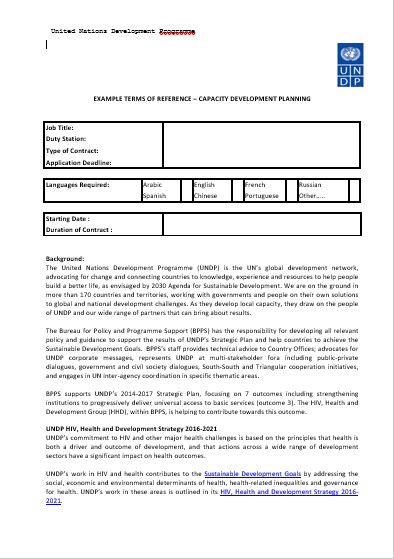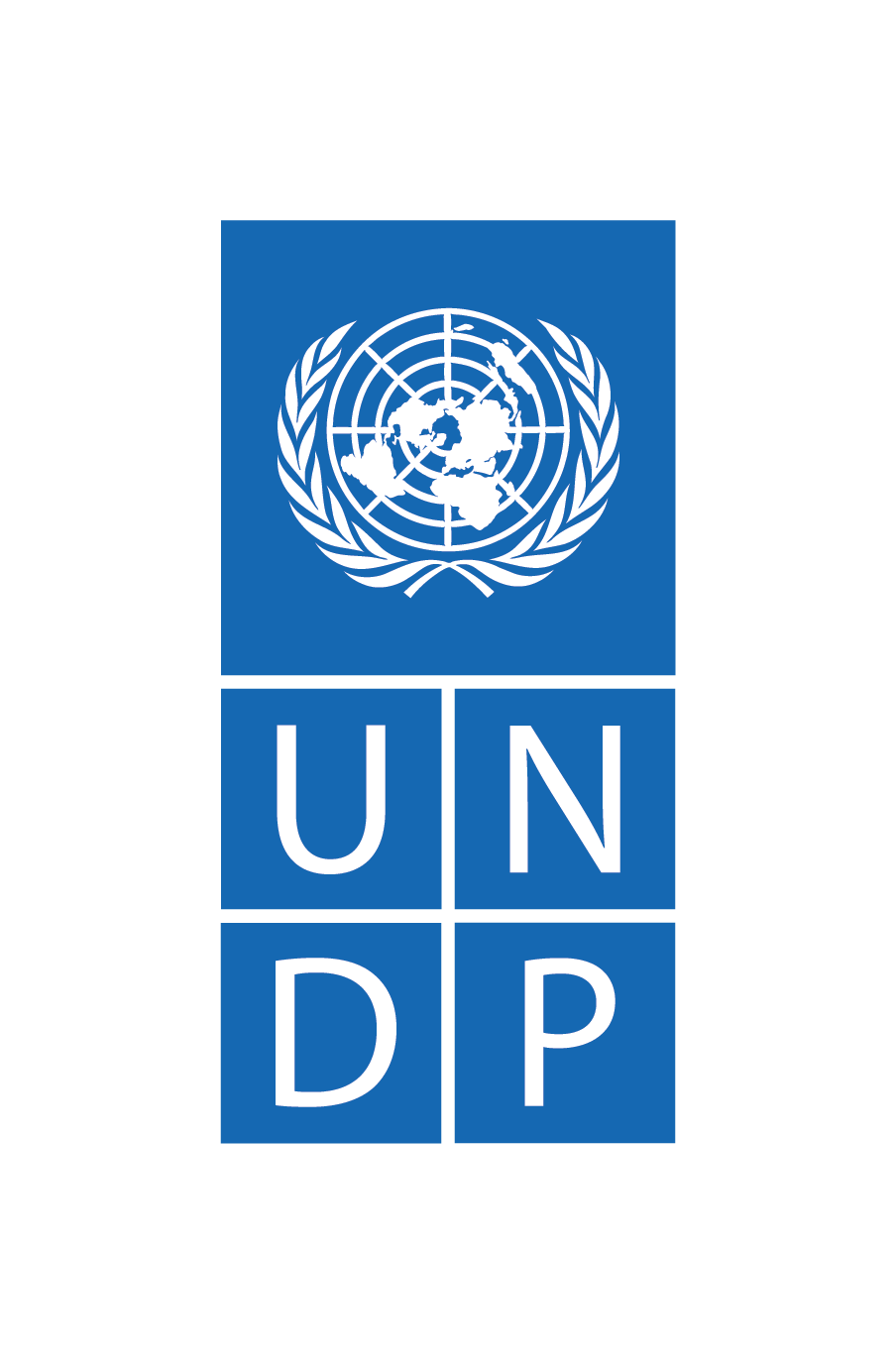Scoping and design of the capacity development planning process
Purpose
Successful and sustainable capacity development can only occur when there is commitment from individuals who invest in the process from the design stage onwards. Engaging stakeholders to build consensus from the time of designing the capacity development process is vital to ensure that all country partners are kept informed, consulted and engaged as necessary. Each organization will have a different role and view of the capacity development effort. UNDP works with organizations to bring country stakeholders together, along with tools to outline the scope and process for the capacity development.Just as programmes should be designed with the aim of achieving national goals and objectives to ensure a coordinated approach and the best use of all available funds, capacity development processes should seek to ensure alignment with national health strategies and disease-specific strategic plans.
UNDP’s approach
UNDP is able to bring together a wide variety of groups working in the health sector, from civil society organizations to government and donor groups. UNDP facilitates workshops and consultation meetings for groups to engage in country dialogue to ensure the views of all country stakeholders, from direct implementers to policymakers, are reflected. UNDP develops tools to suit the needs of all groups and provides examples of successful capacity development activities in different countries. The scoping and design stage entails a joint process to:
- Analyse stakeholders: identify all stakeholders and their perspectives, levels of involvement, preferred methods of communication, and readiness for capacity development. In particular, attention should be given to key affected populations (KAPs) and how they can engage with the process.
- Review institutional arrangements: clarify the institutional structure and arrangements for implementing health programmes, with lines of accountability, oversight roles and staff roles and responsibilities.
- Define the capacity development team and roles: identify organizations and individuals to oversee, manage and support the capacity assessment and planning process and, if possible at this stage, also the implementation. This is particularly important if more than one
- Plan and manage communications: ensure appropriate communications with the identified stakeholders, including through scheduling and conducting launches, meetings, workshops, newsletters, surveys, and electronic communications (websites, knowledge sharing systems, emails).
Guidance
The following points should be considered when scoping and designing the process.
- methods should be appropriate for the context. The most appropriate communications methods are dependent on the country, culture, organization(s), context and situation. For example, in some scenarios, a workshop may be more appropriate than a questionnaire given to individuals. Other alternatives include one-on-one discussions or small focus groups.
- there is a need for ongoing communications and engagement. Stakeholder engagement and consensus building should be conducted throughout the capacity assessment, planning, and implementation cycle, helping to ensure sustainable and coordinated capacity development.
- country ownership and partnership is critical. It is important that the organization(s) that are the focus of capacity strengthening are in charge of and committed to the capacity development programme. Sufficient time and effort should be invested in developing a strong partnership between UNDP and these organizations to ensure that objectives, roles and expectations are articulated, explored and clarified.
- it is helpful to identify agents of change. These are organizations, groups, or individuals that drive change by taking on roles to drive the capacity development process.
Key resources

Generic TOR CD Planning
Example document and template for writing terms of references for capacity development planning and transition planning
MS Word

Generic TOR CD and Transition Planning
Example document and template for writing terms of reference for capacity development and transition planning
MS Word
